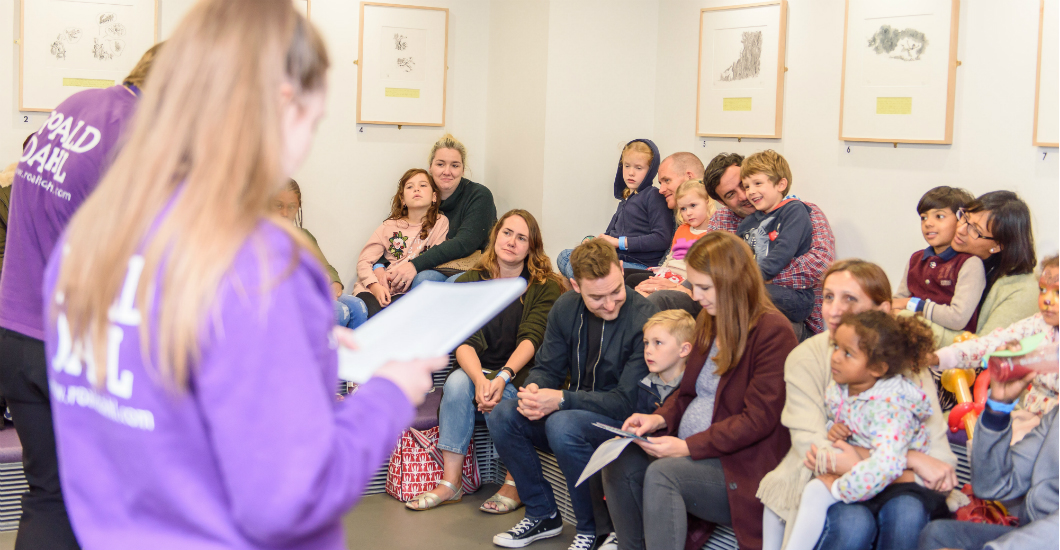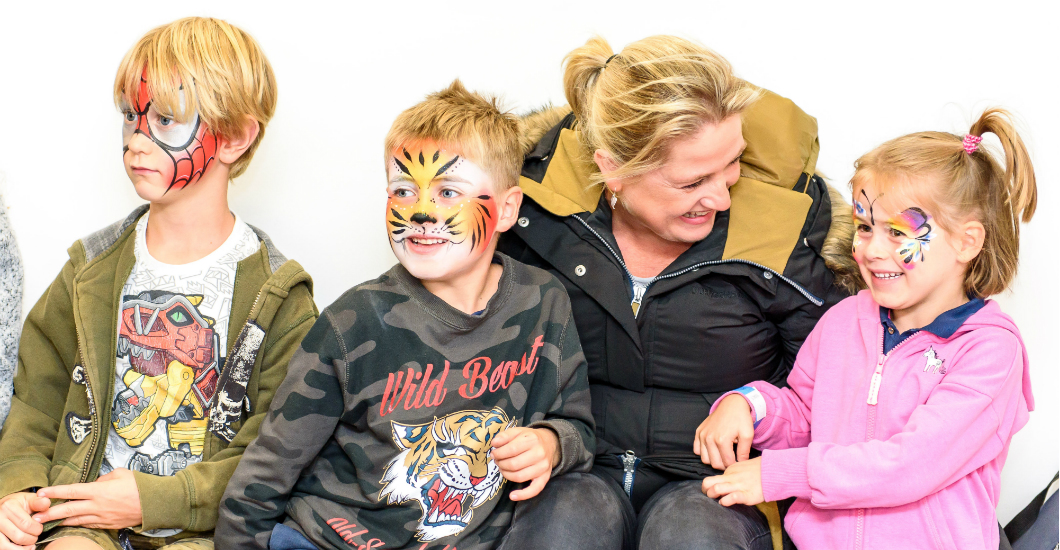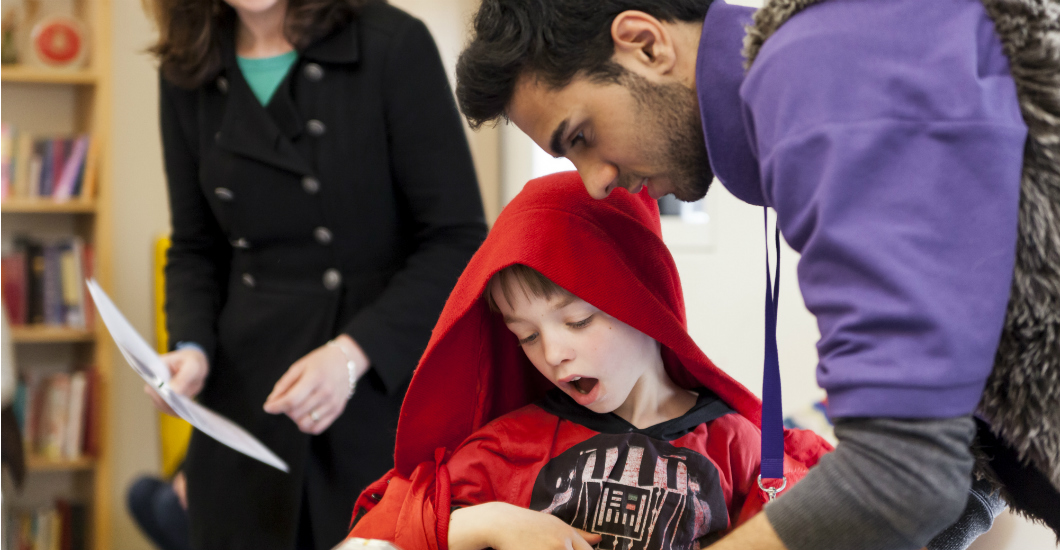- Home |
- Search Results |
- How to be a great storyteller

Storytelling is all about making connections between you, your audience and the story. A great storytelling session will entertain and engage an audience, and even inspire them to find out more about the story you told. Here are some of our top tips for successful storytelling… remember, if you have fun then so will your audience!
1. Choose a story that you know and enjoy
Read your story through a few times before you tell it to an audience. The more you familiarise yourself with the words, the more confident you will be when telling your story – and the more you will love it! Think about the characters and setting and look out for points that are funny, active and can engage your audience. Here at the museum, we love Roald Dahl’s Revolting Rhymes, a collection of fairy tales with unexpected and amusing twists which always keep the audience entertained.
2. Give a short introduction and set the scene
It really helps to spend some time warming everybody up and introducing them to the story you’ll be telling. You can begin to make a connection with your audience by asking them some easy questions. We like to ask for everyone’s favourite Roald Dahl books, which gets everyone involved and puts them at ease. Or if, for example, you were reading from Charlie and the Chocolate Factory, you could ask what type of sweet or chocolate they would invent if they had the chance. This helps set the scene for the story you are telling and gets everyone’s imagination going!

3. Get your audience involved!
Look out for points in your story that lend themselves to interaction and think about whether you would like some volunteers to take part as well. Even if you don’t need any volunteers, your audience can still get involved and add atmosphere to the story you’re telling. A good example is The Tummy Beast from Roald Dahl’s Dirty Beasts. Everyone can relate to a rumbling belly and the audience is encouraged to make the sound of the Tummy Beast by clapping, stamping their feet, roaring and grumbling whenever they hear the word ‘tummy’ which is repeated throughout the poem.
4. Use your voice
Your voice is a brilliant way to bring the story to life. Don’t be afraid to do different or silly voices for the characters, the mild Matilda will sound very different from the terrible Trunchbull! You can also think about how you are reading the story. Read at different speeds and different volumes to build suspense, add drama or even make the story funnier. For example, in Billy and the Minpins when the fearsome Gruncher is chasing Little Billy through the forest, you may want to keep reading faster and louder to add excitement and increase the story’s anticipation!
5. Make the most of the space around you
Don’t be afraid to move around in the space that you have and to make eye contact with everyone around you. If you are using volunteers you may want to ask them to sit down (or stand up!) and you could also get them to act out parts of your story. In Roald Dahl’s version of Jack and the Beanstalk, you could get someone to play Jack – they could act out climbing the ginormous bean, running away from the giant or stealthily stealing the golden leaves! All of these things add interest and atmosphere to your storytelling and help to entertain your listeners.

6. Have some props
You don’t need loads, but a few props can really help to bring your story to life and can help any volunteers get into character! It also adds an element of fun and entertainment for your audience, helping to keep them engaged and their imagination switched on!
7. Be adaptable!
One of the wonderful things about storytelling is that no session is ever the same. This variety makes it exciting and you are never quite sure what may happen during a performance! Often, volunteers may surprise you by having a brilliant voice or excellent acting skills. Even if things don’t turn out as planned, don’t worry. Just enjoy yourself and your audience will too!
Good luck with your storytelling, we’re sure it will be phizzwizzingly fantabulous!